Mar 31, 2025
Author:Lisa Martinez
You need to follow a kitten feeding schedule,Otherwise, the second option is free feeding. Kittens are natural grazers. Therefore, structured meals will help with portion control. You can track their growth as well. Here are some methods to consider.

A free kitten feeding schedule means you leave dry food in a bowl all day. Next, you refill it when empty. Your kitten can eat whenever they feel hungry. It is a simple and stress-free way. You can feed your kitten on a busy schedule.
1. The method is convenient for you and your kitten.
2. It ensures your kitten always has food. It reduces stress from hunger.
3. The kitten feeding schedule prevents nighttime hunger. The pet will not wake you up.
4. Finally, it is ideal for kittens that eat small meals throughout the day.
5. The schedule works well with households with many cats. The food is available at all times.
1. The food is hard to track
2. It leads to overeating and obesity.
3. Food loses freshness.
4. The food attracts pests if the food is not stored properly.
5. It doesn't provide hydration like wet food does.
With a kitten feeding schedule wet and dry kibble is called the hybrid method. It maintains a healthy weight. The kitten stays hydrated. You can give a measured portion of dry food in the morning. Then, the kitten eats throughout the day. You can change the daily intake of wet food. It adds variety and moisture.
You can serve dry food in the morning. Wet food at night does well. You can do it the other way around. It depends on your schedule. Make sure your kitten eats the wet food within an hour. The food will not spoil. No pests will touch the kibble. You can remove any leftovers. Replace them with dry kibble.
1. The kitten feeding schedule offers hydration from wet cat food. It is essential for kittens.
2. You can monitor food intake more easily.
3. It is easy to do portion control.
4. Also, the kitten does not gain weight.
5. Kittens can adjust to food types. Diet changes are easier.
1. Kittens may finish their food quickly. They cry for more.
2. Wet food requires a fridge. You need to handle the food carefully.
3. It is convenient if you are not home.
4. Some kittens may prefer one type of food over the other.
5. More cleanup is from wet food texture.
A hunting-style feeding schedule is perfect for energetic kittens. It leads to mental and physical stimulation. Also, you do not need to put food in one place. Hide small portions around your home. The method encourages natural hunting. The cats do not get bored. The kitten looks forward to mealtime.
You can use multiple food bowls or feeding stations. For dry food, split the daily portion into small servings. Place them in different safe spots. Avoid taking food away while your kitten is eating. You must let them finish and walk away naturally.
If using wet food, remove any uneaten portions within an hour. It will prevent spoilage. Also, change food locations frequently to keep your kitten active.
1. The method encourages natural hunting.
2. It prevents obesity. Mealtimes become an activity.
3. Reduces boredom.
4. The kittens eat smaller meals. It mimics natural eating.
5. You can use it to train kittens. You take control of where they go in the home.
1. The method requires extra effort. You will need to hide and monitor food locations.
2. Challenging in small spaces with limited hiding locations.
3. You must remove wet foods.
4. Some kittens may struggle to find food. It will lead to frustration.
5. It is ideal for households with many cats.
The kitten feeding schedule begins as soon as you wake up. The pet wants to start the day with a meal. Feed them about a third of the food portion. It can be wet or dry food. If you choose wet food, remove any leftovers. Otherwise, it is not fresh or safe to eat. Wet food spoils quickly. Kittens need extra nourishment. So, leave out a small amount of dry food throughout the day. It is helpful. Always ensure their water bowl is clean. Washing it every morning. Refill it with fresh water. Hydration is important. Ensure proper nutrition for growing kittens.
Lead the kitten to the litter box after breakfast. Kittens quickly learn where to go. However, gentleness helps. Place them in the box and let them explore. They may not use it right away. Be patient. Repeat the process.
Consult your vet for guidance if the kitten struggles. Some kittens may need a specific type of litter box. Keeping the litter box clean. Place it in a quiet location. It will make the process smoother for the pet and owner.
Lunchtime is three to four hours after breakfast. Kittens need frequent meals to support their high energy levels. Before and after eating, expect bursts of playful energy. Next, they long for naps. The cycle is natural.
Encourage play before meals to increase appetite. The daily kitten feeding schedule involves toys. It will keep them engaged. Energy burns off as well.
After lunch, let your kitten relax and digest. Give a cozy and quiet spot for naptime. It helps with the daily routine.
Feed your kitten one-third portion for dinner. Leave a small amount out before bedtime for dry food. It will keep the pet satisfied overnight. A daily kitten feeding schedule helps the pet understand that nighttime is for resting.
You can feed dry food throughout the day. It has enough nourishment. However, the food needs to be high-quality. Give balanced meals to the pet. Proper feeding habits lead to a healthy adult cat.
Now you know what to feed your kitten. So, let's talk about how much food it needs. You can find a feeding guide on the pet food label. It shows the kitten feeding schedule by age and weight. The guides can look different depending on the brand. So, read the label carefully.
You may have more than one cat! Therefore, make sure each gets the right amount. Some cats may eat too much. It leaves nothing for the others. Your kitten eats wet and dry food. The intake must not exceed the daily recommendation.
Throw away the wet food. Stored opened cans in the refrigerator for a day. Serve at room temperature. You can also use your kitten's name for feeding. They will learn it. It creates a positive experience.
A 4 week old kitten feeding schedule has small meals. They should eat three to four times a day. Wet the dry food with a little warm water. Feed half a can to one and a half can per day of wet food.
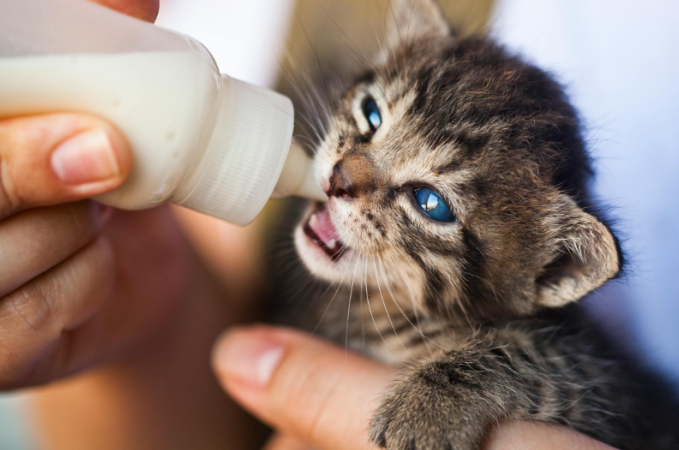
Young kittens are still learning to eat solid food. So, keep the food soft and easy to chew. You can switch from milk to solid food over a few days. It will not upset the stomach. Always keep fresh water nearby.
Kittens can eat dry or wet food. They should eat two to three meals daily. The total food intake increases as they grow. Dry food portions range from one-third to two-thirds of a cup. Or one and a half to two cans of wet food.
Kittens love variety! Mix wet food with dry food. It can make meals more exciting. The variety helps picky eaters. You can set a regular kitten feeding schedule to develop good eating habits.
Your kitten still needs multiple meals. Therefore, feed dry food twice a day if it prefers. Do three or more meals per day of wet food. The total amount is one-third to two-thirds of a cup of dry food. You can increase to three cans of wet food per day. The total reaches four to eight ounces of mixed food.
Kittens are very active at this age. So, they burn a lot of energy. Give small and healthy treats to a hungry kitten. Do not overdo it. Some treats can lead to weight gain.
The kitten is closer to adulthood. Therefore, 8 week kitten feeding schedule will have fewer calories. The kitten feeding schedule now includes one-quarter to three-quarters of dry food per day.
You can do two to seven cans of wet food. Feeding both is okay. The total daily intake should be three to eight ounces. Adjust portions. It will maintain a healthy weight.
Some kittens become picky eaters as they approach adulthood. Try warming up wet food if the pet refuses to eat. It will slightly enhance the smell. You can also rotate between flavors to keep the pet interested.
Your kitten turns one! Now, it can transition to adult cat food. The kitten feeding schedule is one-quarter to three-quarters of a cup of dry food per day. Another option is two to seven cans of wet food. Feed two meals per day. Give free access to dry food. It all depends on your cat's needs.
You need to keep your cat at a healthy weight! Therefore, monitor portion sizes. It will avoid overfeeding. Do regular playtime and exercise. It leads to a healthy balance between food and activity.
Always adjust portions based on your kitten's growth and energy level. Offer fresh water at all times.
Adding human foods and supplements to a kitten feeding schedule boosts nutrition. However, it requires caution. Cooked chicken and plain pumpkin offer nutrients.
In contrast, chocolate and onions are harmful. Introduce new foods slowly. Keep an eye out for allergies.
Secondly, you can offer supplements. However, check with a vet. Omega-3s develop the brain. Probiotics will help with digestion.
However, too many supplements can cause imbalances. Therefore, stick to the options the vet gave. You will avoid unnecessary additives. And keep your kitten healthy and growing properly.
Human foods should only be occasional treats. They are not meal replacements. Kittens need balanced cat food to get all nutrients. Therefore, mix safe human foods in small amounts.
It can add variety. The meals become exciting. A proper diet helps kittens. They stay active, playful, and full of energy.
Establishing a kitten feeding schedule takes time. So, feed your kitten at the same times daily to help them adjust. It will aid digestion and prevent fussiness. If your kitten seems impatient, stay calm. Wait for the next mealtime. Over time, they will learn when to expect food.
Never give food outside scheduled meals, even if your kitten begs! Feeding on demand encourages bad habits. It leads to overeating. Stick to a set routine to prevent weight gain. A consistent schedule helps kittens develop good eating habits. They understand when food will be available.
Hydration is essential for your kitten's health. So, always provide clean water. Change it daily and place bowls in easy-to-reach spots. Do not rely on wet food for hydration. Regular water prevents dehydration. It supports kidney function. Water keeps your kitten active and healthy.
Providing the right balance of kitten food! It can involve human foods and supplements. The combination is ideal for development. Always prioritize high-quality kitten food. Use human foods as occasional treats. Proper nutrition will keep you thriving. They stay energetic. You and the pet enjoy a long, happy life filled with play and cuddles. Shop for cats WOpet now.
Label:
Popular Post
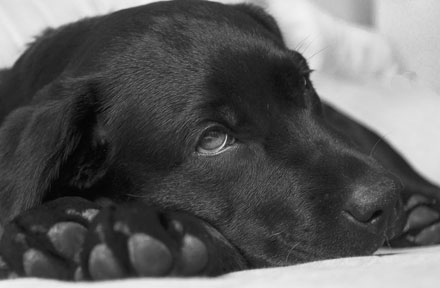
What to Feed a Sick Dog With No Appetite? [2025 Guide]
May 16, 2023

Troubleshooting Common Issues with Automatic Pet Feeders: Tips & Tricks for Pet Owners
Oct 26, 2023
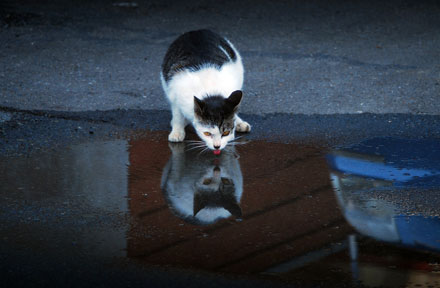
Why Does My Cat Cough After Drinking Water? 8 Potential Reasons
Mar 13, 2023
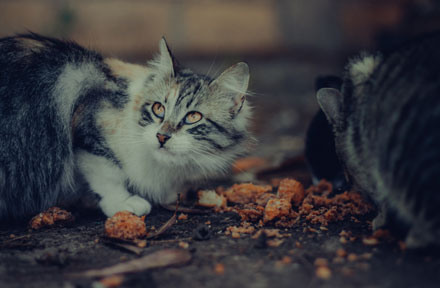
My Cat Only Eats A Little at A Time - What to Do?
Feb 27, 2023
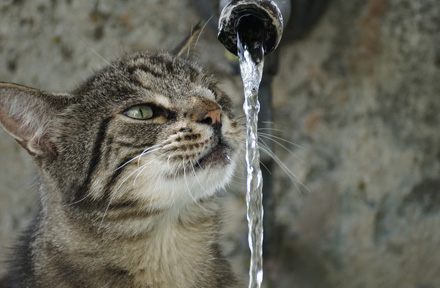
Why is My Cat Throwing up Water? Top 5 Causes Here
Feb 08, 2023
$99.99
$129.99
Copyright © 2025 WOPET. All Rights Reserved.